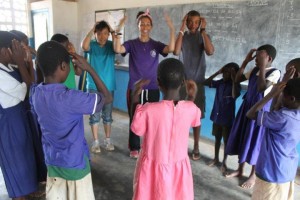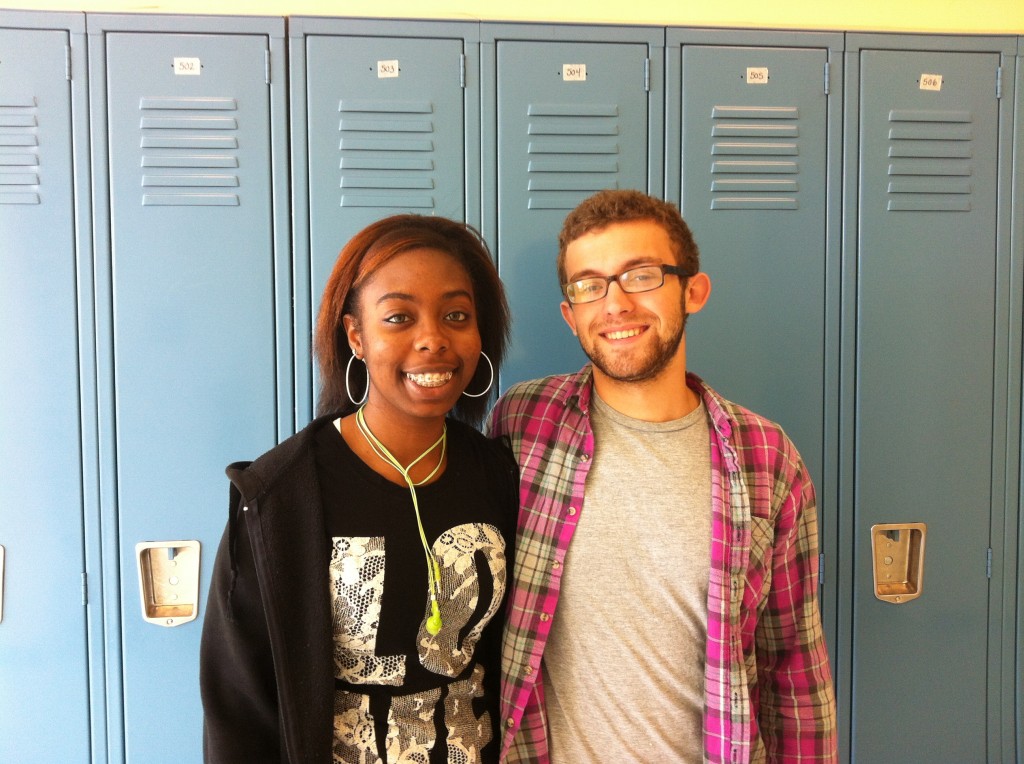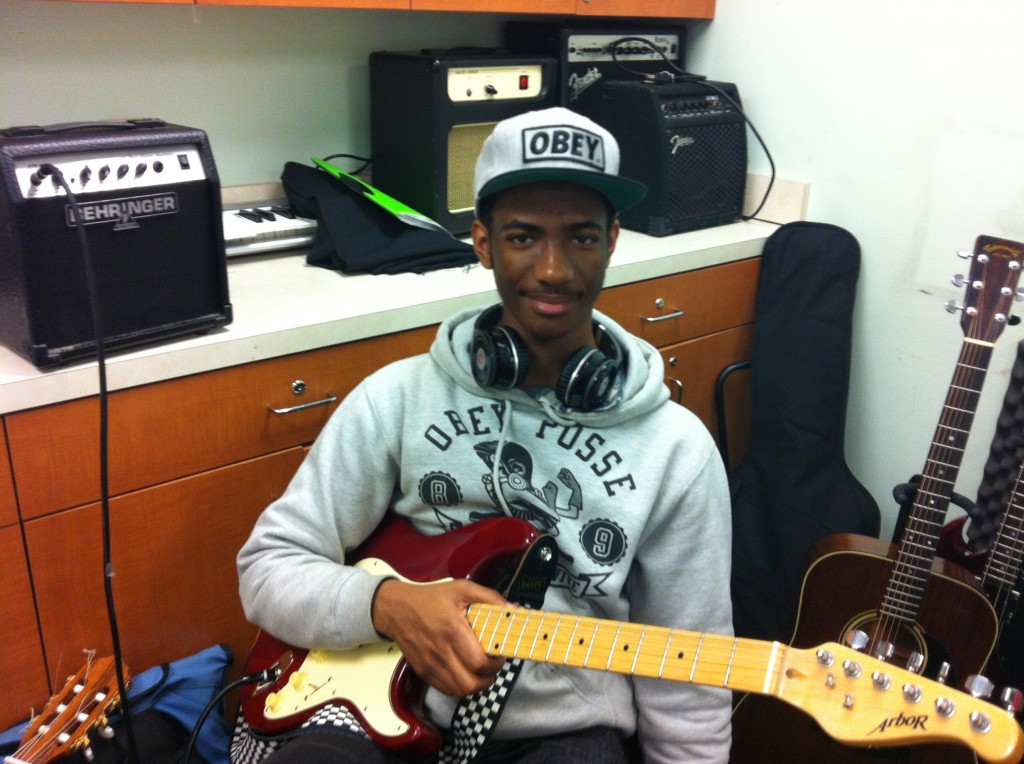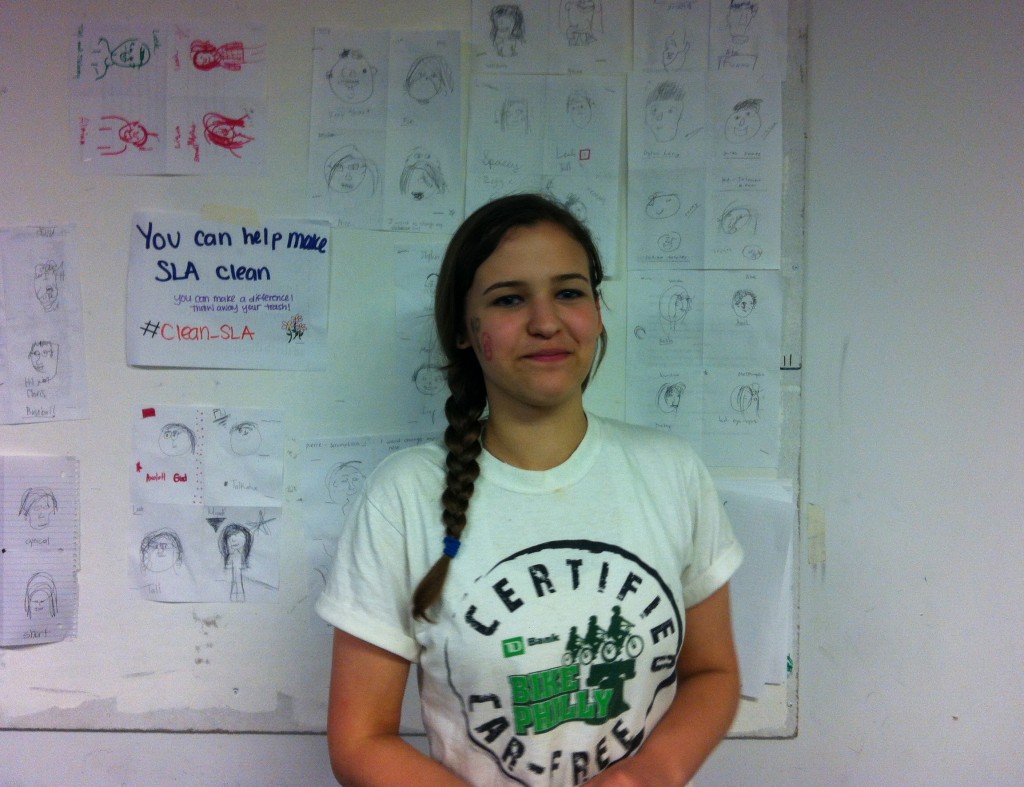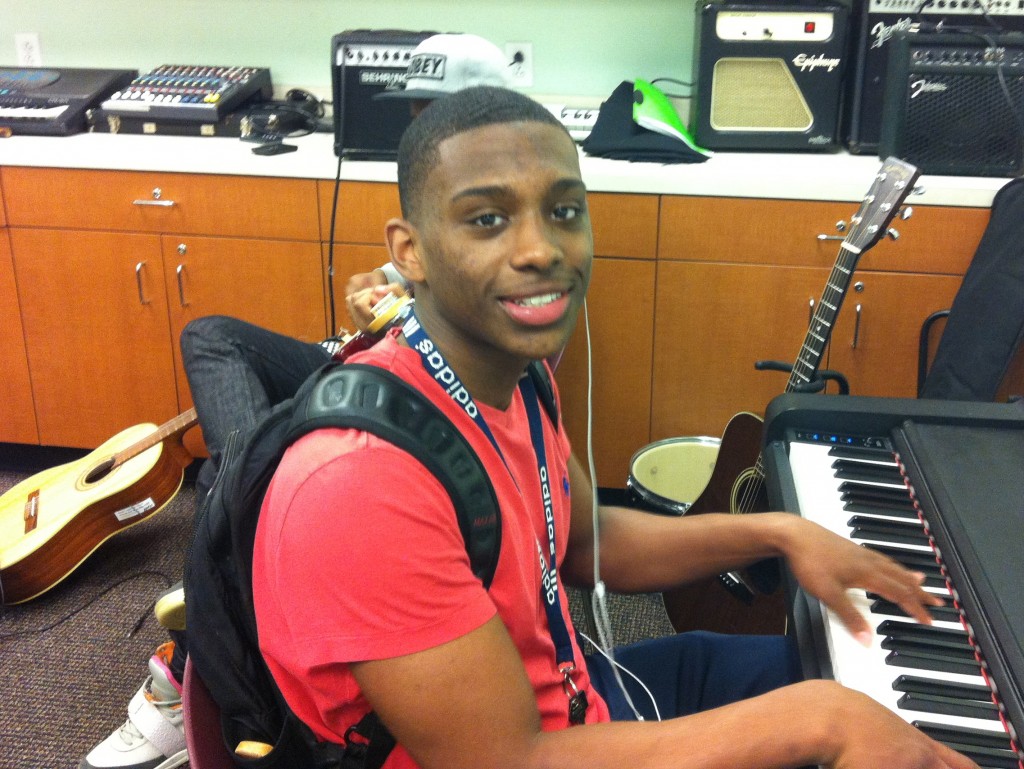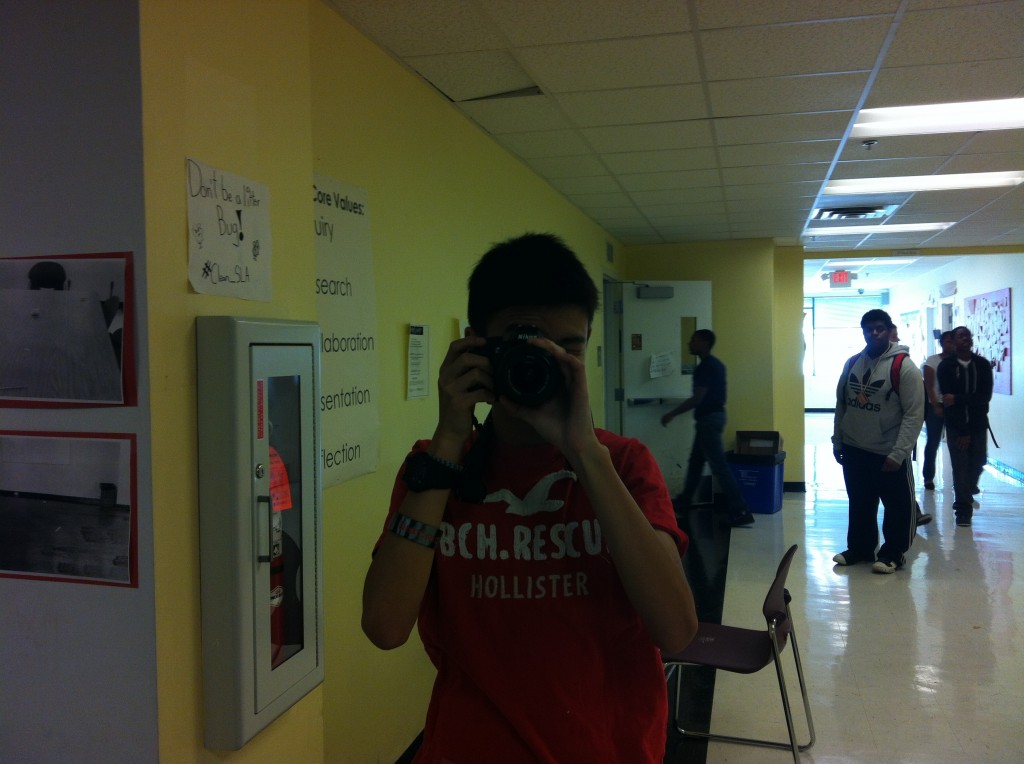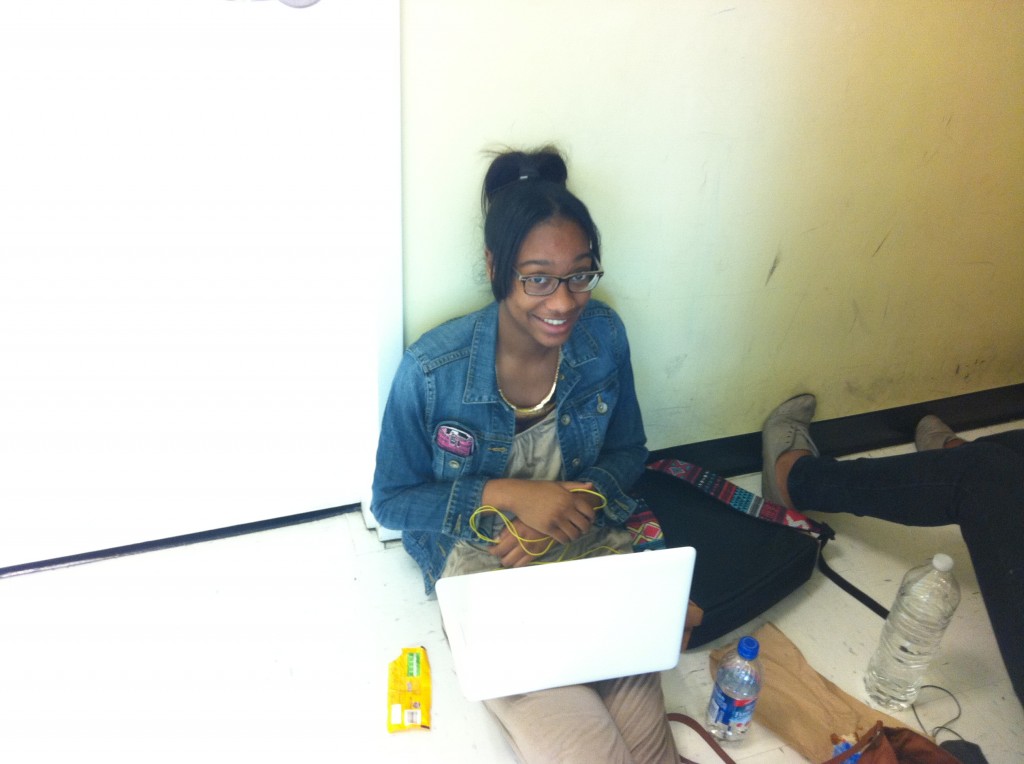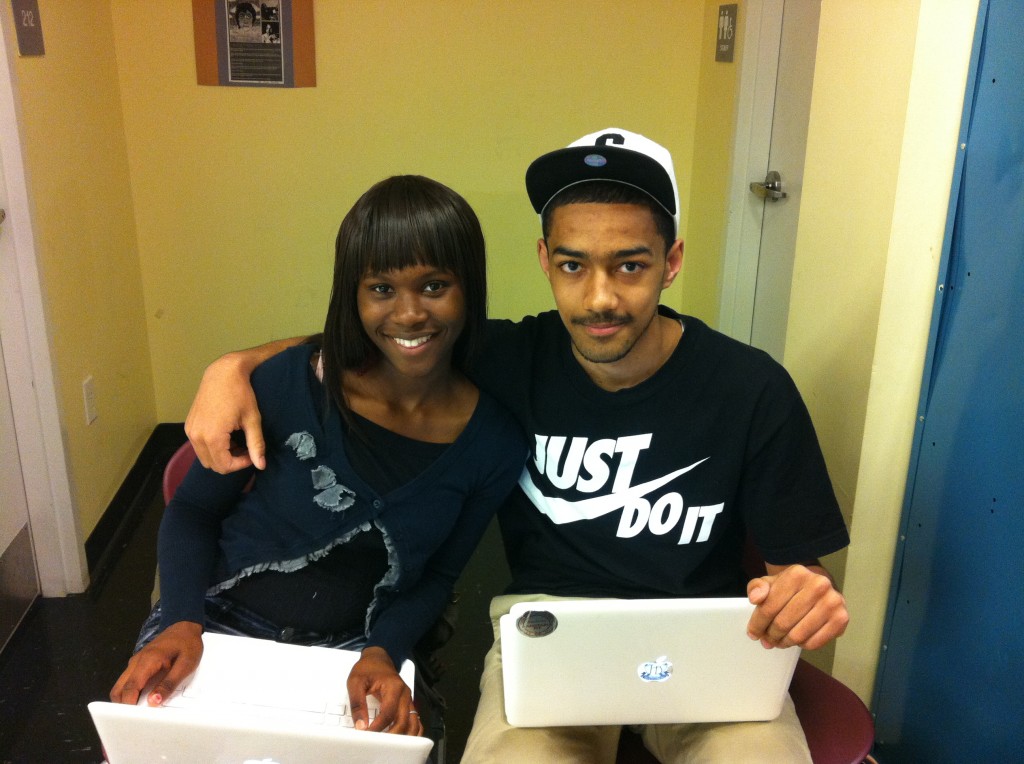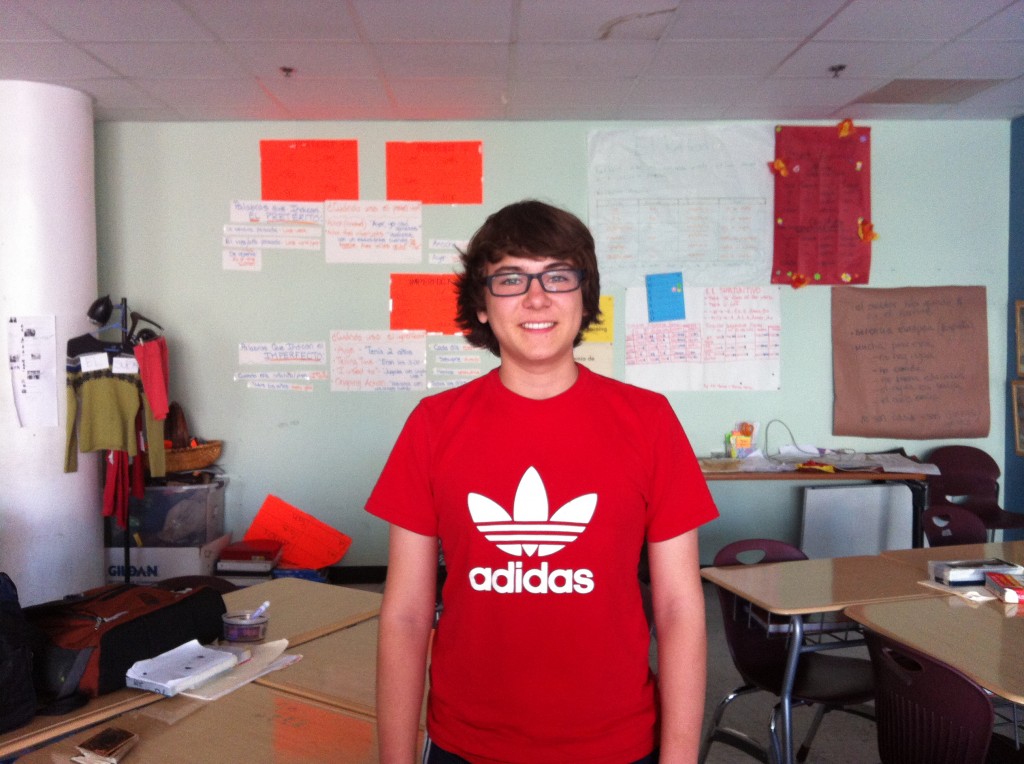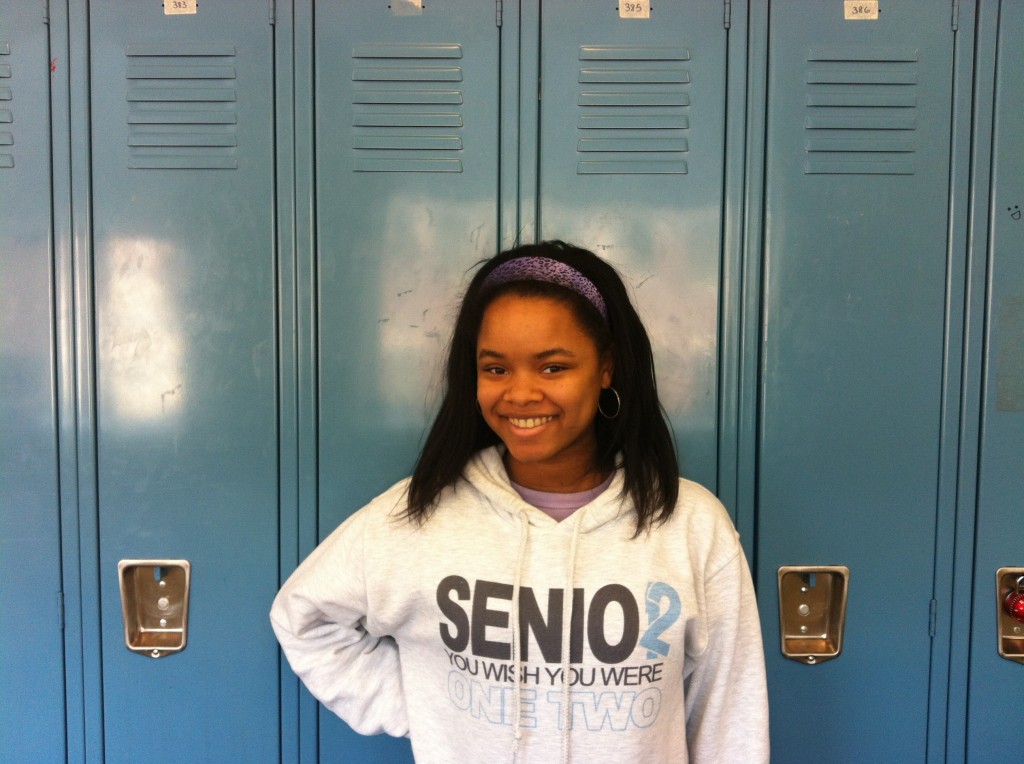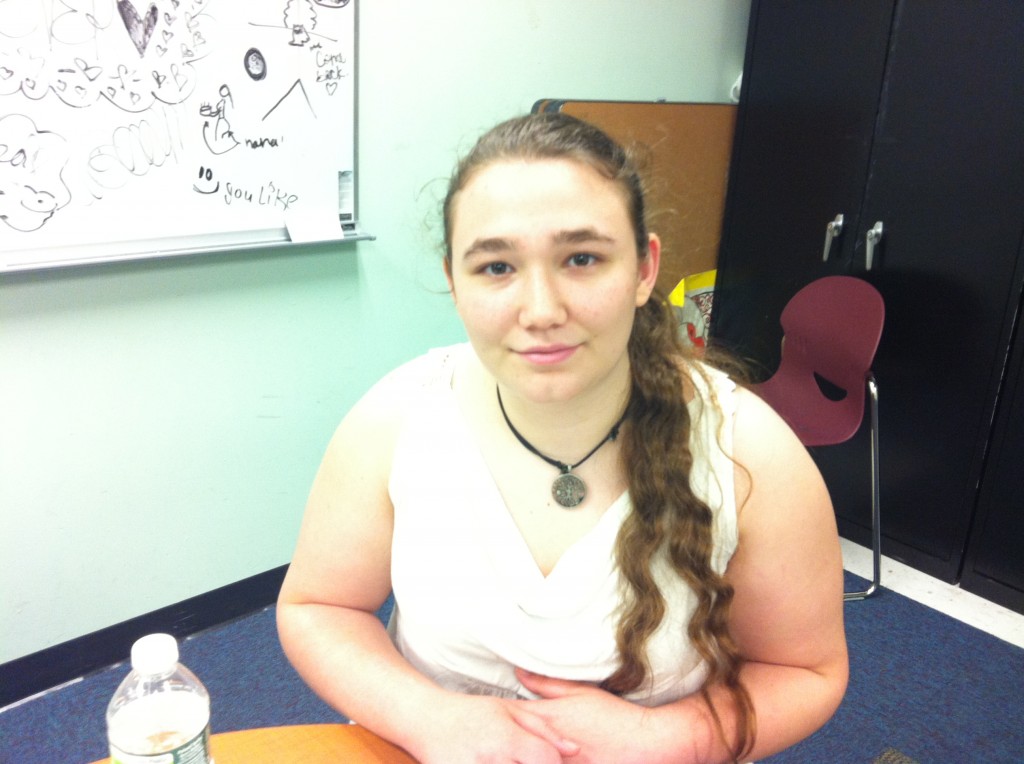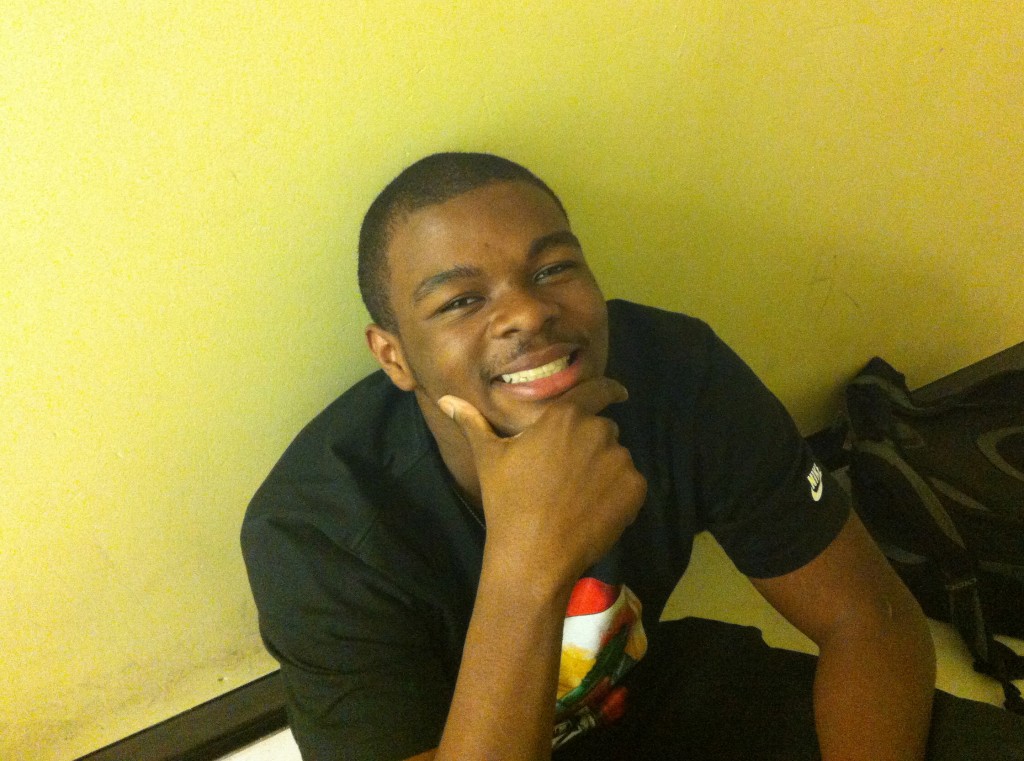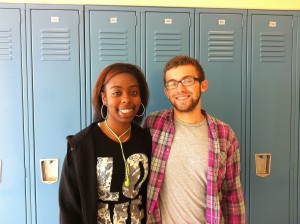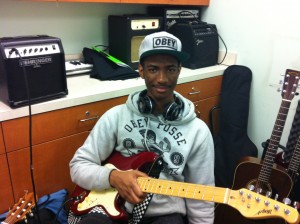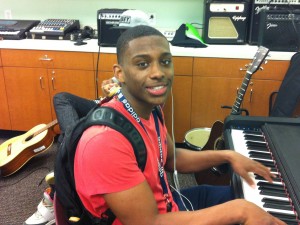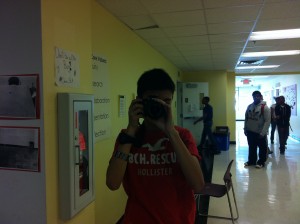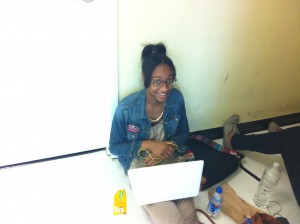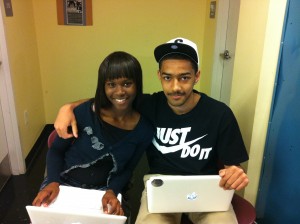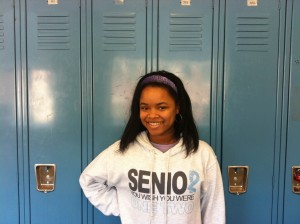By Ayanna Robinson
Staff Writer
It’s that time of year again. The time when teens apply for part time jobs, parents put a second mortgage on their home, and the rest of the household scrimps so that one lucky soul can enjoy one special night: Prom.
The price of one ticket for an SLA prom this year was $21 for juniors and $75 for seniors. This may not seem like much at first glance, but the true cost of prom goes way beyond the tickets.
“I would say that for the ticket and ride alone it would cost me around $120-150 already,” said Senior Uyen Nguyen. “Not including my dress, accessories, and maybe other personal expenses would be about $300, but maybe a little less if I am being smart about my spending.”
From the diverse group of juniors, seniors, and alumni that were polled for this article, the average spending on one prom was $450.
Of course, there are outliers who spend even more. Alumni, Narcissa Haskins, was the highest spender SLAMedia spoke to. “In total, over two years, I probably spent around $1000,” she said.
Thinking back, she realizes that spending this much on prom was not a good investment. “I think many people get caught up in the glam too much for during prom when it is after prom that’s the most exciting.”
But is after prom much cheaper? Juniors Chelsea Smith and Khalil Clark originally planned on renting out a bowling alley as a place to go after prom. “We didn’t find out we had to rent the whole building out until the week before,” explained Khalil. “But they told us it was already too late to book anything.”
A part of the reason for the costs is looking good in front of your peers. Groups compete against each other to have the best date, ride, dress, even tux, for just one night of their lives. This year the competition goes even farther, introducing the first SLA “Prom Court”.
It’s easy to get caught up in the hype of the night, but some students sought to actively manage their costs.
“My dress I had from this homecoming last year, so I just stuck with that,” explained Junior Imani Johnson. “It’s only junior prom, and I hate buying dresses I’m only going to wear once. My mom collects shoes so I had these crazy heels , I did my nails myself, and my jewelry was from a set my grandmother gave me.” In total, Imani spent $58 on junior prom.
That frugality is instinct for some, but other are forced to learn how to spend the hard way. “Maybe I spent $500 altogether for junior prom.” Says Senior Courtni Matthews. As for Senior Year, “this year I plan to spend almost nothing.” She laughed at the thought.
It isn’t just the girls who have a hard time with prom expenses. Many boys seek to dress to impress as well, some of them renting imported tuxes that nobody else will have. A one night tux rental can cost over $150 — and while girls may never wear the dresses again, at least they have the option to.
Senior Jesse Weinberg reflected on preparing for his first prom this year. “This is my first prom and I already spent $100” on the tuxedo, he reported. Once he has purchased his ticket and finalizes after prom plans, his costs will go up.
Even if you are careful with your spending, prom costs can add up if you’re attending multiple proms. “Every prom I had a different dress, and heels.” Says Class of 2011 Alum Leeann Nguyen. “I spent around $600 [per prom], which included my hair, nails, accessories, dress and shoes. Is it a good investment, no, college is expensive. But prom is fun.”
Is prom expensive? Definitely. Is it worth the cost? Maybe. Students have to make their own choices based on their financial situations and their priorities.
